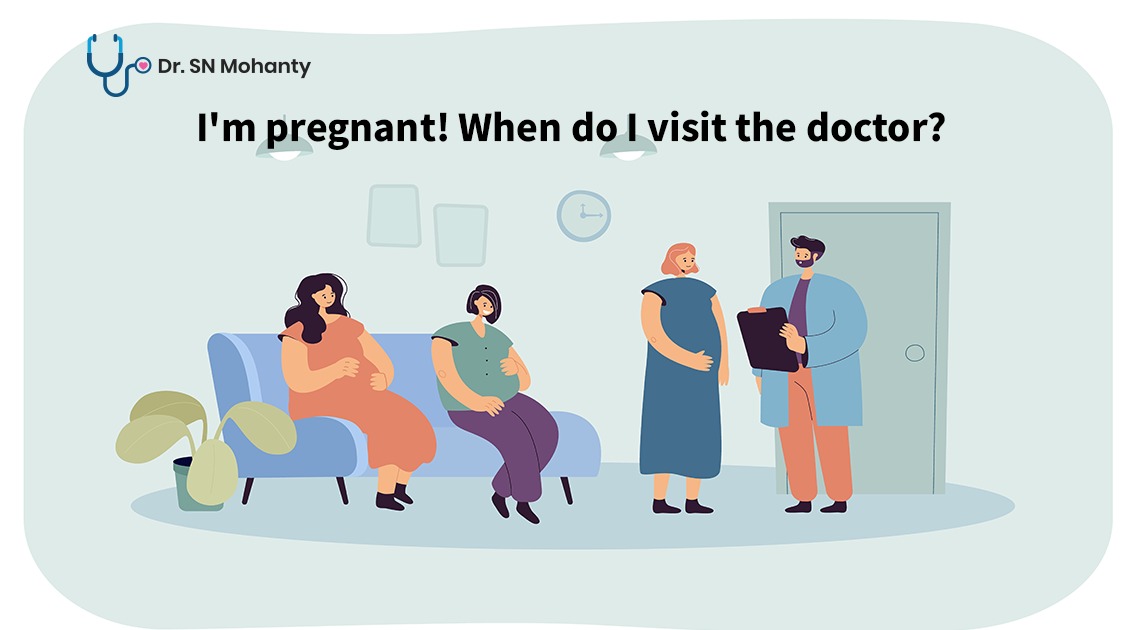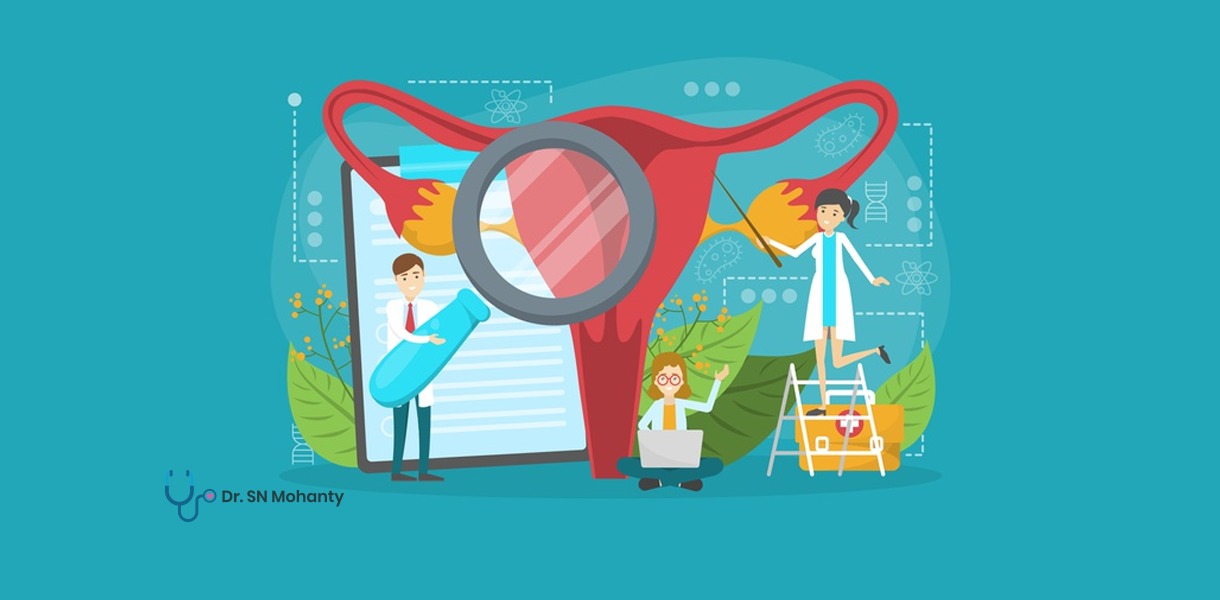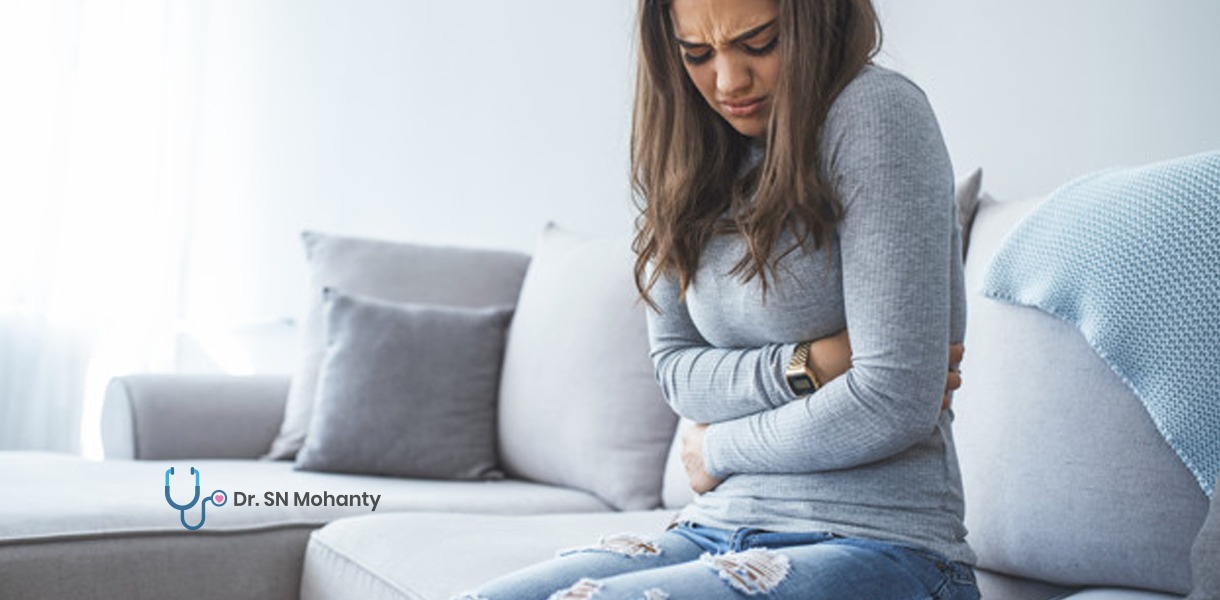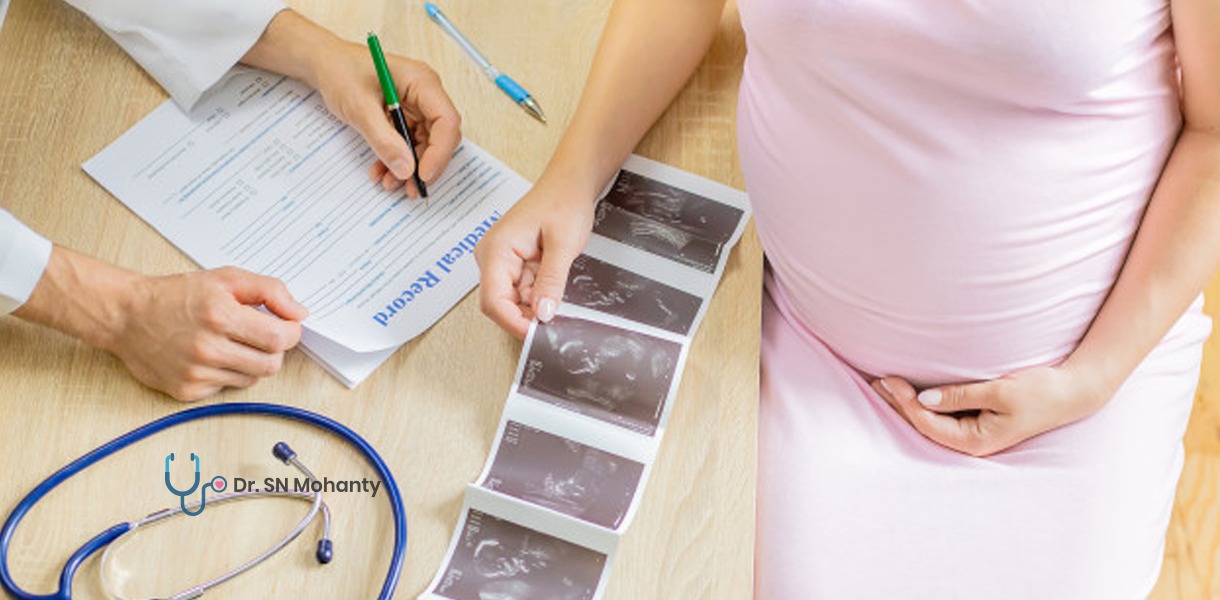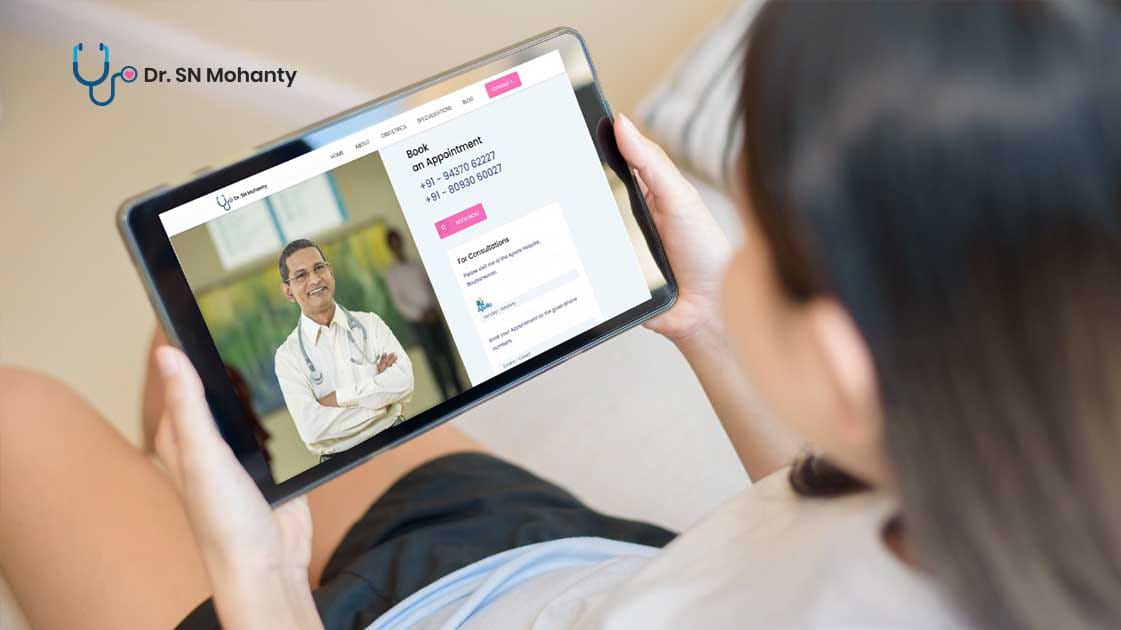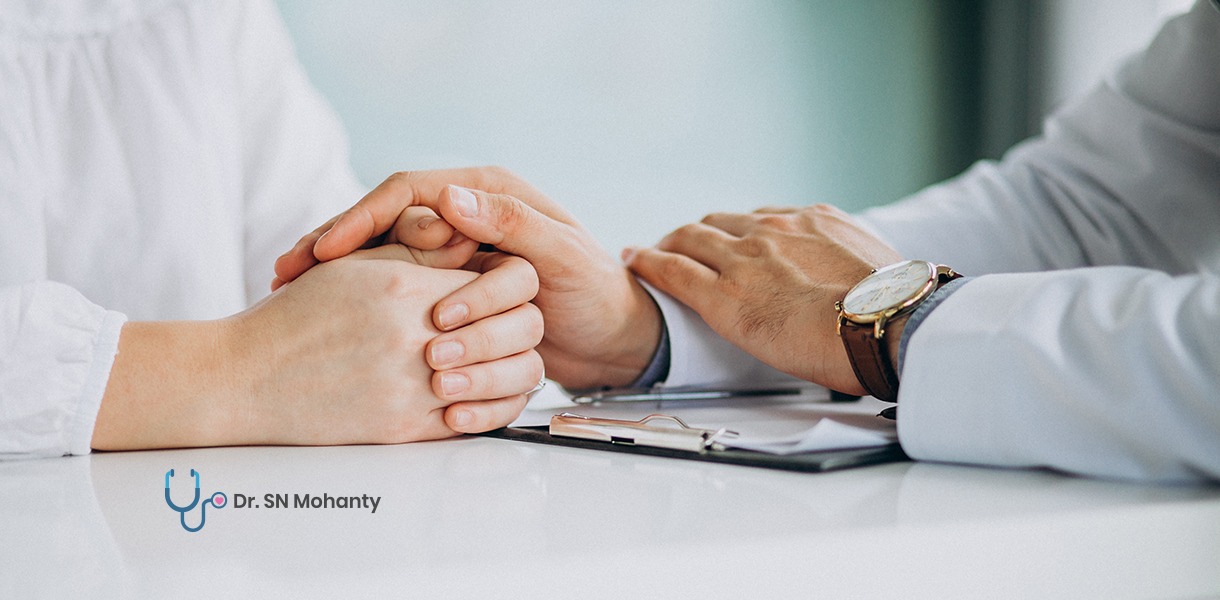
Even though fibroids are non-cancerous tumors, but they are also affecting the women's health and well being to the fullest. It is seen that 60 percent of women who are between the ages group 30 to 50 are finding themselves engrossed with various health issues caused by uterine fibroids. In some cases, uterine fibroids that are present on the women's uterus are showing its symptoms and in some of the cases, they are not.
The fibroids present in women's body are of varying in sizes starting from a size smaller than a bean to sometimes even bigger than a melon. The term fibroid affects various areas of a woman’s health. As pregnancy is concerned, it is the most important as well as a beautiful phase of life. Every woman or a girl has a dream of being a mother at some stage of time. Fibroids tend to grow on the layers of a women’s uterus or womb.
Hence, its major impact is on her fertility and pregnancy chances. A woman tends to release hormones such as estrogen and progesterone that leads to the growth of fibroid on the uterus and in turn causes issues related to pregnancy and fertility.
When a woman dreams of conceiving a child within her, and if while planning she comes up with the term fibroid, then it is a very delicate time and crucial phase for her. There are many questions raised regarding the pregnancy and fertility of the woman. Dr. SN Mohanty, the best gynecologist in Bhubaneswar, provides a clear understanding regarding uterine fibroids and its effects on your fertility and chances of pregnancy.
Symptoms of uterine fibroid in a pregnant woman
• Symptoms of fibroid in a pregnant woman are; pain and bleeding during pregnancy.
• Some women can see bleeding and no pain during pregnancy.
• Most of the women come to know about the issues related to uterine fibroid when they go for a pregnancy scan during the second or third month of their pregnancy to check their baby's development.
Women with fibroid can be pregnant
Many of the women have the same question regarding fibroid on their uterus that ‘can I conceive or should I conceive when I am having fibroid?’ The answer is ‘Yes’; Uterine fibroids are not the question of concern most of the time. But in some cases it is. Pregnancy or conceiving chances of a woman with fibroid depends on the position of the fibroid on the uterus, where it is grown, and its size and type.
Sometimes, there are some complications related to pregnancy due to fibroid.
Most of the women with fibroid experience an easy, natural, and comfortable pregnancy, whereas some of them face challenges such as miscarriage. Some of the women with fibroid also face challenges such as infertility and reduced fertility.
Fibroid and reduced fertility or infertility
There are many ways in which the fibroid cause reduced fertility in a woman
• Change in cervix shape: It impacts on the number of sperms that enter in your uterus
• Uterus shape changes
• Change in size of the uterine lining
• Blocks your fallopian pipe
Hence, a woman with fibroid should consult the gynecologist and checkout the fibroids' shape, size, and positioning so that the doctors can suggest them with the best possible treatments.
Effects and risks of fibroids on pregnancy
Women and the child both are affected during pregnancy if the woman has uterine fibroid. All three trimesters of that woman are on various risks and come up with different effects of fibroids. Most of the women are also seen suffering from the effects of fibroid post-pregnancy.
• The first trimester:
The first trimester is very important for every pregnant woman. They should be keeping their utmost care during this phase of pregnancy. During the first trimester, the pregnant woman may feel the effects of fibroid such as bleeding and pain. Also, there are chances of a woman undergoing miscarriage during her first trimester. It is because during pregnancy, the body releases more estrogen that triggers the growth of uterine fibroid during the first trimester.
• Second and Third trimester
The uterus needs to expand and enlarged to create sufficient space for the baby. Sufficient space for the baby helps the baby to grow and develop properly.
Following are the four things that can happen during the second and third trimester:
1. Pain:
During the second and third trimester, the uterus tends to get enlarged to make room for the baby. If the woman has a fibroid that is enough, gets twisted, and causes pain to the mother. Sometimes, the pain and bleeding increase as well as the blood flow resulting in the miscarriage.
2. Placental abruption
A woman with fibroid is at higher risk of pregnancy where the placenta tears away from the uterus before you deliver your baby. It will result in less or insufficient supply of oxygen to the baby. It can be fatal for both mother and baby inside.
3. Placenta previa
It happens when the placenta gets attached to your cervix in the lower part than that on the upper part. The woman might experience sometimes pain and bleed or sometimes they may experience painless bleeding. During the second or third trimester, if the same problems continue, you may need to undergo a caesarian.
• Problems during delivery
Most of the time, the fibroids prevent muscles from contracting. They can also cause the canal blockage that affects labor. The labor gets slow and no progress can be seen if the woman has fibroid.
• Effects after delivery
If a woman delivers the baby with fibroid, there are great chances that the woman undergoes bleeding problems regardless of normal or c-section delivery.
• Premature delivery:
There are chances that the woman with uterine fibroid has a high risk of premature delivery. It can happen even before the 37th week of pregnancy.
Dr. SN Mohanty takes the utmost care that the mother does not get much affected. If you are dreaming to be a mother and feel that your fibroid may cause problems in your pregnancy then Dr. SN Mohanty with the experience and expertise will solve your problems with their treatment.


